Sentinel node biopsy has proven its value in a number of cancers, including in clinically node-negative melanoma of the head and neck region.
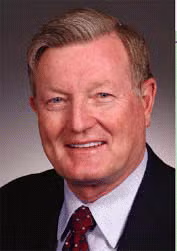

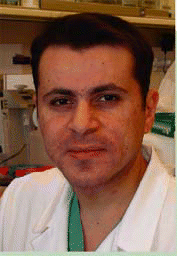
Several scientific sessions at the 2007 Combined Otolaryngology Spring Meeting focused on the topic of papillary thyroid cancer (PTC), which accounts for about 75% of thyroid cancers in the United States.

The use of nonsteroidal anti-inflammatory drugs (NSAIDs) does not lead to increased postoperative bleeding following tonsillectomy, according to two research studies reported during the April 29 American Society of Pediatric Otolaryngology program at the Combined Otolaryngology Spring Meeting.
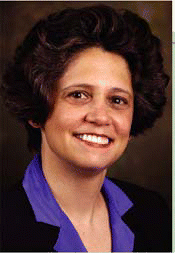
A peritonsillar abscess (PTA) is an infection typically occurring in the potential space later to the tonsil.

Non-melanoma skin cancer is the most common malignancy afflicting humans, and is a major public health problem in the United States.

“Accentuate the positive” was one of the pointers heard by the almost 200 otolaryngologists and surgeons who attended the Triological Society’s April 28 panel discussion on “Nuances in Rhinoplasty” at the Combined Otolaryngology Spring Meeting.
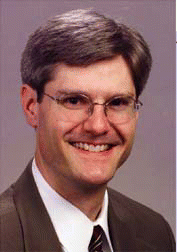
Obstructive sleep apnea (OSA) is now a suspected risk factor for glaucoma and other optic nerve diseases, according to a recent review of the topic in the Canadian Journal of Ophthalmology.
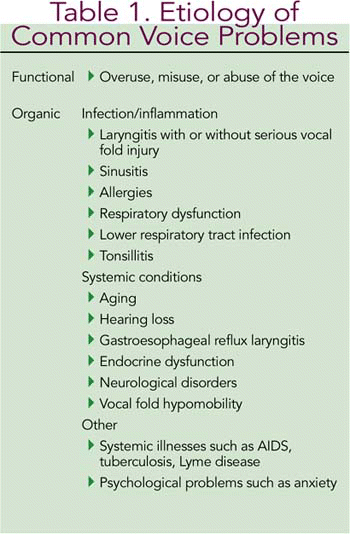
Voice problems in professional voice users are largely the same as those that occur in the general population, but with one important caveat-the potential consequences.
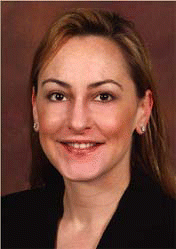
A team of otolaryngologists at Weill Medical College of Cornell University in New York has posed some important questions regarding reviewing residency training for making tracheotomy tube changes.

The remarkable new tools of the genomic generation have been used by researchers at the House Ear Institute in Los Angeles, Translational Genomics Research Institute in Phoenix, and the University of Antwerp, Belgium, to zero in on genes that cause presbycusis, or age-related hearing loss.